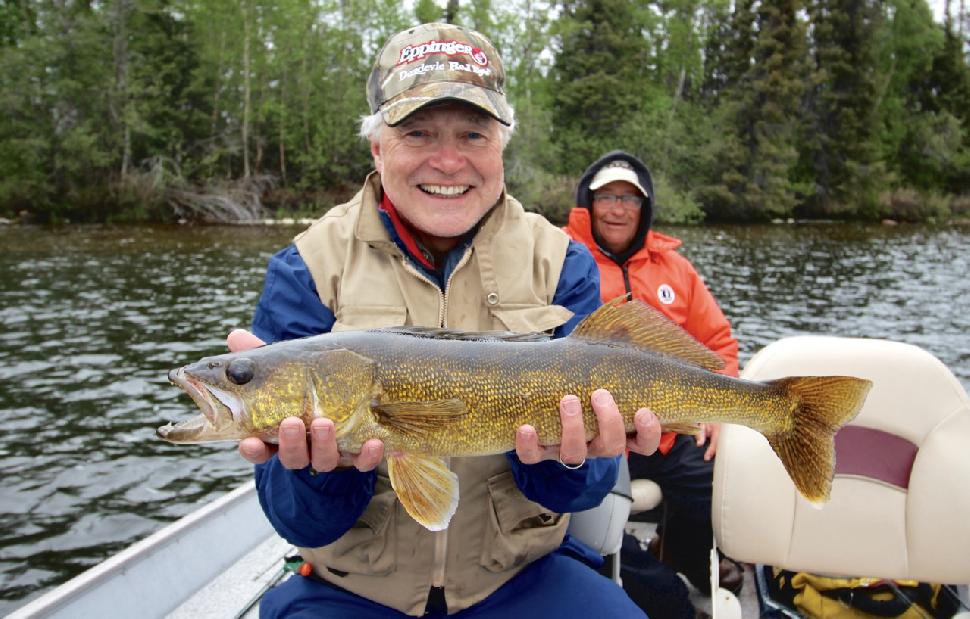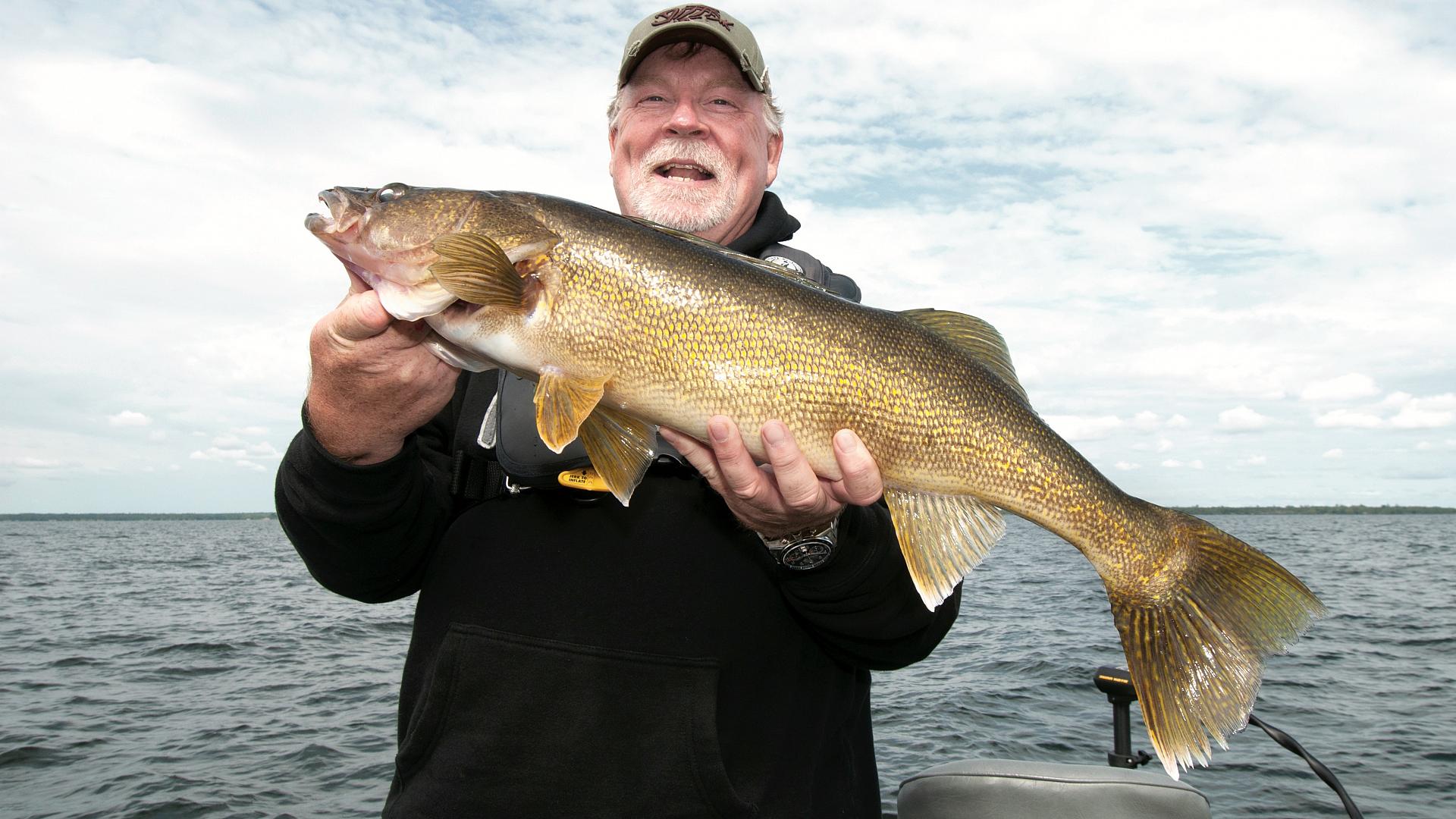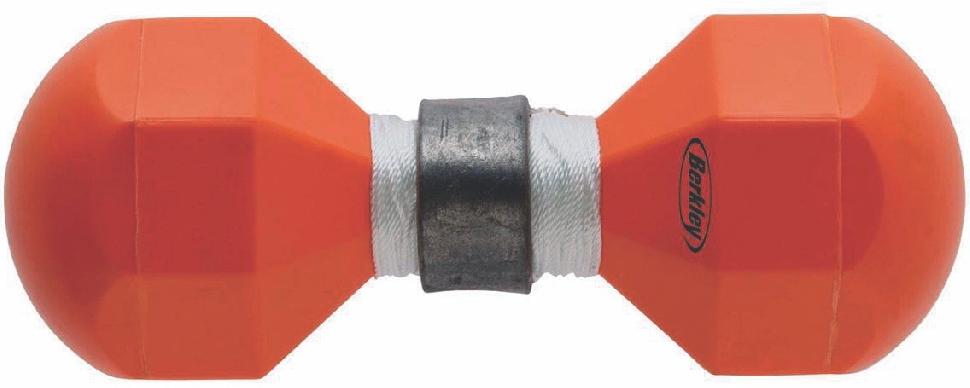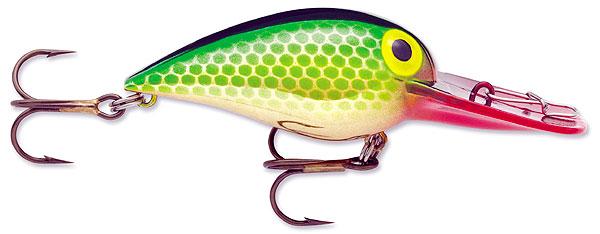Casting call
Forget jigging and trolling. Catch more and bigger walleye by casting lures
Advertisement

Get in position
Simply put, don’t be sloppy about the way you position your boat or make your cast. In water less than 10 feet deep, a shallow-water anchoring system driven into the bottom will hold the boat perfectly still and in position. If you don’t have one or two Talons, Power-Poles or similar on the back of your boat, however, this is when the GPS feature on your bow-mounted electric trolling motor becomes essential to lock you onto a spot.
Once you’ve found a school of walleye off guard, don’t spoil all your hard work by running your big motor or pulsing your bow-mounted electric on top of them. Instead, you want to make the least amount of noise possible, so point the nose of your boat into the wind, then dial in your electric trolling motor to a constant, steady setting that keeps you hovering in one place. Whatever you do, don’t let the wind push you back, forcing you to turn up the electric motor, surge forward and blow out the spot.
Advertisement
When you intercept a school of belligerent walleye in shallow water, they’re almost always feeding. In that case, position yourself and your co-angler up front in the bow so you can both accurately cast to the fish. In deeper water, I rely on my Minn Kota Spot-Lock GPS function even more to hold me in the proper position. I also throw out a marker buoy, and sometimes more. With multiple markers, you can visually define the extent of the school, as well as highlight any key physical features, such as isolated boulders, high spots on the structure and precipitous breaklines.
Using marker buoys in tandem with your graphs is an effective combination of old-school tactics and new-school technology. No matter how well you can see the bottom of a structure on your Star Trek-like chartplotter, nothing beats tossing out a few marker buoys to put the area into perspective. And let you know exactly where to cast to catch those trophy walleye.
Advertisement
Crank call
Few walleye baits excel better than crankbaits such as the Rapala Shad Rap and Storm Wiggle Wart (above) when you call them up for casting duty. There’s one key detail you need to remember when selecting a crankbait, however, and that is to pick one that runs deeper than the depth you’re fishing. If you’ve pinpointed a school of walleye swimming in six to eight feet of water, for example, choose a crankbait that dives 10 feet. When you do this, you can bounce the lure off anything lying on the bottom, such as logs or boulders. Nothing entices a walleye to bite more than deflecting a bait off an object and letting it rise up and over the obstruction.
Advertisement



